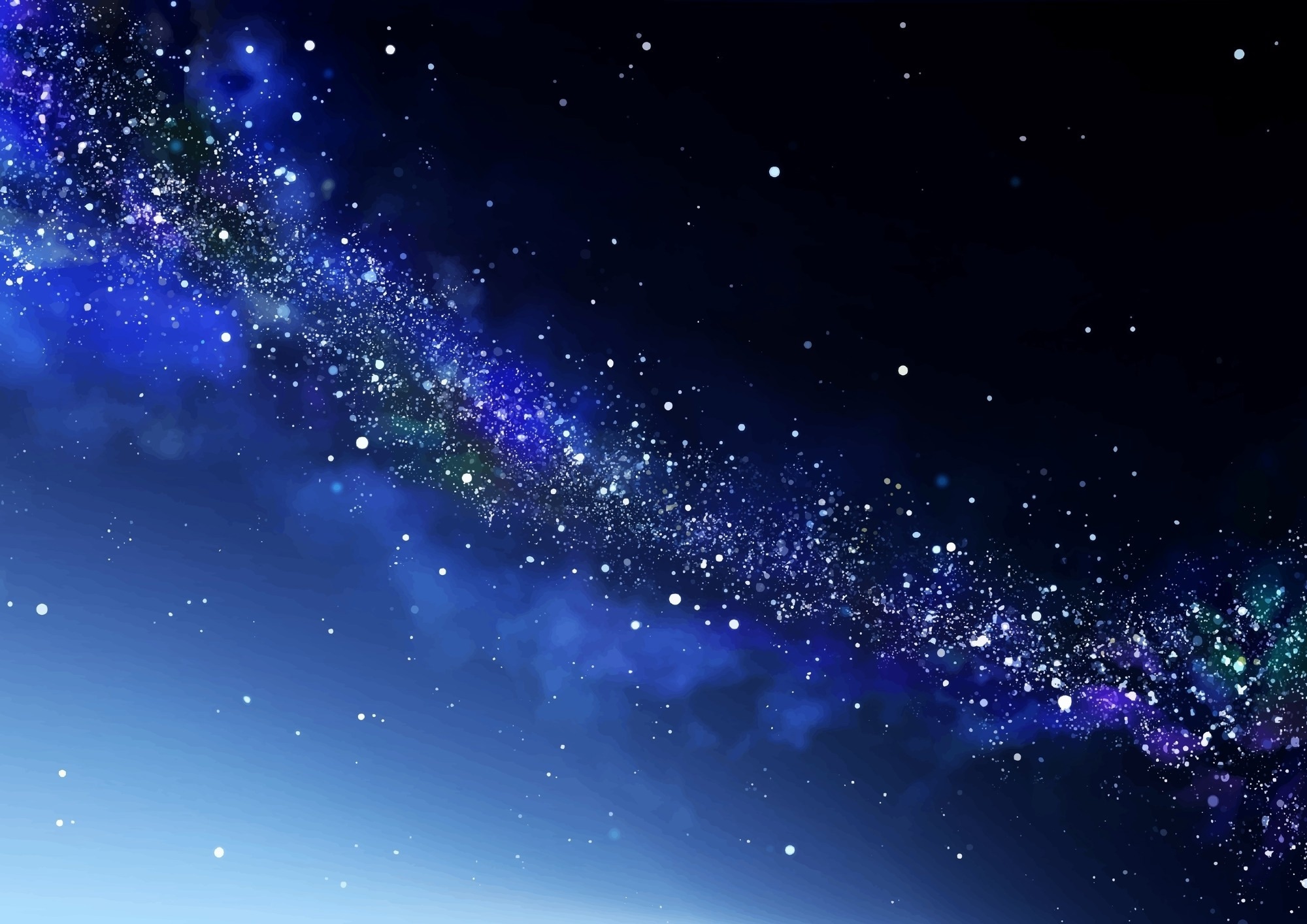An international team of scientists has debunked a long-standing astronomical mystery, challenging the notion that stars and dark matter interact in mysterious, unexplained ways. Their groundbreaking research, published in the Monthly Notices of the Royal Astronomical Society (MNRAS), brings new clarity to our understanding of the cosmos.

Image Credit: amakara/Shutterstock.com
The research team, which includes scientists from Australia, the UK, Austria, and Germany, worked with the Very Large Telescope in Chile.
For 25 years, astronomers were stumped by a puzzling observation: galaxies seemed to have a consistent pattern in how their matter density decreased from the center to the edges. This was strange because galaxies vary in terms of age, shape, size, and star count. So why would they all show such a similar density profile?
This homogeneity suggested that dark matter and stars must somehow compensate for each other to produce such regular mass structures.
Dr. Caro Derkenne, Study First Author and ASTRO 3D Researcher, Macquarie University
Just like many other puzzles in science, researchers were at a loss for how to explain the uniform density of galaxies. If dark matter and stars were interacting in this way, it would mean rethinking our entire understanding of how galaxies form and evolve. But until now, no one could find a different explanation.
That changed with Derkenne and her team. They realized that the seemingly consistent density of galaxies might actually be a result of how we measure and model them rather than an intrinsic property of the galaxies themselves.
By examining 22 middle-aged galaxies—looking back around four billion years because of their great distance—using the European Southern Observatory’s Very Large Telescope in Chile, they were able to create more detailed and nuanced models. This helped them better capture the true diversity of galaxies in the universe.
“In the past, people built simple models that had too many simplifications and assumptions,” said Derkenne.
Galaxies are complicated, and we have to model them with freedom or we are going to measure the wrong things. Our models ran on the OzStar supercomputer at Swinburne University, using the equivalent of about 8,000 hours of desktop computing time.
Dr. Caro Derkenne, Study First Author and ASTRO 3D Researcher, Macquarie University
Derkenne is currently using her knowledge of astronomy to analyze intricate data for the Australian Public Service.
Astronomy sets you up really well to understand big data. The real world is messy, and we do not always have all the data. No one is there to tell you the answers or if you are wrong or right. You need to accumulate data and analyze until you find something that works.
Dr. Caro Derkenne, Study First Author and ASTRO 3D Researcher, Macquarie University
The project employed MUSE (Multi Unit Spectroscopic Explorer) on the VLT to study galaxies from the MAGPI survey (Middle Ages Galaxy Properties with Integral field spectroscopy). MUSE captures spectral data in the form of data cubes, where each pixel contains a full spectrum.
“The MAGPI project is great example of how training workshops and collaborative space within ASTRO 3D have utilized Australia’s strategic partnership with the European Southern Observatory,” said ASTRO 3D Director and Professor Emma Ryan-Weber.
Emma Ryan-Weber said, “The complex data from the ESO Very Large Telescope has not only solved a long-standing problem in Astronomy, but also enabled young scientists, such as Dr. Caro Derkenne, a platform on which to launch their careers to solve real-world problems.”
Journal Reference:
Derkenne, C., et al. (2024) The MAGPI Survey: Evidence against the bulge-halo conspiracy. Monthly Notices of the Royal Astronomical Society. doi.org/10.1093/mnras/stae1836.